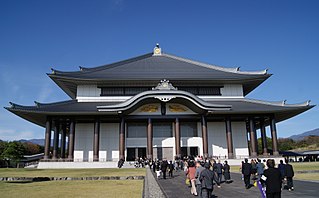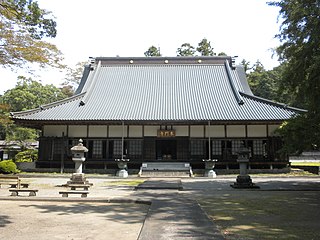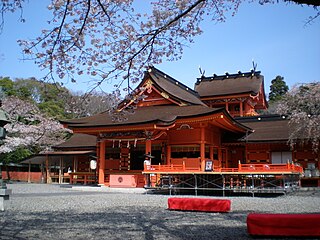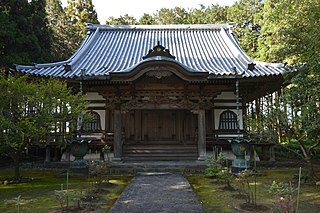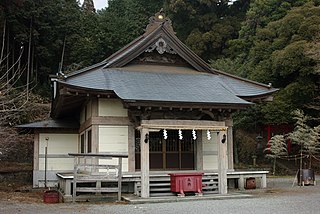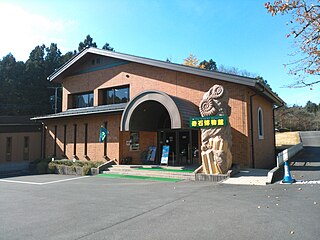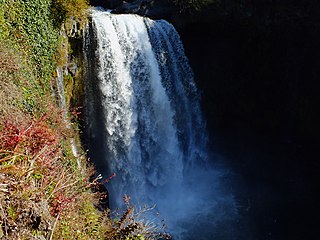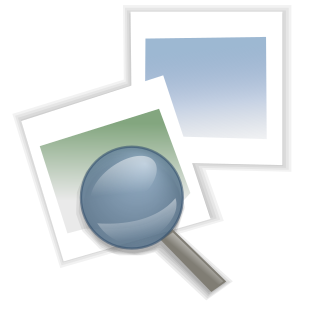9 Sights in Fujinomiya, Japan (with Map and Images)
Legend
Welcome to your journey through the most beautiful sights in Fujinomiya, Japan! Whether you want to discover the city's historical treasures or experience its modern highlights, you'll find everything your heart desires here. Be inspired by our selection and plan your unforgettable adventure in Fujinomiya. Dive into the diversity of this fascinating city and discover everything it has to offer.
1. 大石寺
Tahō Fuji Dainichirenge-san Taiseki-ji , more commonly just Sōhonzan Taiseki-ji (総本山大石寺), informally known as Head Temple Taiseki-ji (大石寺), is the administrative center of Nichiren Shoshu Buddhism. It is located in the foothills of Mount Fuji in Kamijo, Fujinomiya, Shizuoka Prefecture, Japan. Taiseki-ji was founded in 1290 by Nikkō Shōnin, one of Nichiren Daishonin's senior disciples, on a land parcel donated by the pious believer Daigyo Sonrei, commonly known as Nanjo Tokimitsu (1259–1332).
2. 西山本門寺
Nishiyama Honmonji Temple is a temple located in Nishiyama, Fujinomiya City, Shizuoka Prefecture, Japan. He inherited the dharma of Nikko and belonged to the Fujimon-ryu faction. Together with Kamijo Taiseki-ji, Shigesu Honmon-ji, Shimojo Myoren-ji, and Koizumi Kuon-ji, it constitutes the "Fuji Five Mountains" of the same mon-ryu, and is also counted as one of the "Komon Eight Honzans" together with Kyoto Kōho-ji, Izu Jisei-ji, and Hoda Myohon-ji.
3. Fujisan Hongu Sengen Taisha
The Fujisan Hongū Sengen Taisha (富士山本宮浅間大社) is a Shintō shrine in the city of Fujinomiya in Shizuoka Prefecture, Japan. It is the ichinomiya of former Suruga Province, and is the head shrine of the approximately 1300 Asama or Sengen shrines in the country. The shrine has an extensive location within downtown Fujinomiya; in addition, the entire top of Mount Fuji from the 8th stage upwards is considered to be part of the shrine grounds.
4. 妙蓮寺
Shimojo Myorenji Temple is the main temple of Nichiren Shōshū Buddhism located in Fujinomiya City, Shizuoka Prefecture, Japan. The name of the mountain is Mt. Taho. The official name is Myorenji. He has inherited the dharma vein of Nikko and has belonged to the Fujimon school, which adheres to the superior and inferior sect and the theory of the Buddhist religion. In the past, it constituted the "Fuji Five Mountains" of the same mon-ryu along with Taiseki-ji Temple, Kitayama Honmon-ji Temple, Nishiyama Honmon-ji Temple, and Koizumi Kuon-ji Temple, which are distributed in the eastern part of the former Suruga in Shizuoka Prefecture, and was also counted as one of the "Komon Eight Honzans" together with Kyoto Kōho-ji Temple, Izu Jisei-ji Temple, and Hoda Myohon-ji Temple. In the Meiji period, he participated in the formation of the Nichiren Buddhist Komon sect (later the Honmon sect), a unified cult of the Fujimon school, and the president of the sect, which was appointed on a rotational basis from the Komon Hachihonzan, was appointed as the third president, and Inaba Nichiyo as the 13th and 21st generations. The current abbot is the 46th head of the Keisumi-in Nichitomi (Urushihata Nichimi, the head of the Nichiren Shōshū Buddhist Monastery).
5. Murayama Sengen Shrine
Murayama Sengen Shrine is a shrine located in Murayama, Fujinomiya City, Shizuoka Prefecture. The former company name was a prefectural company. It is called Fuji Nehongu. One of the Asama shrines in Japan. It is registered as a World Cultural Heritage Site as part of the constituent assets of "Mt. Fuji - Object of Worship and Source of Art".
6. 富士花鳥園
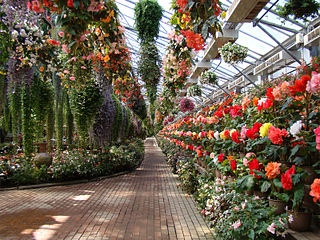
Fuji Flower and Bird Garden is one of the theme parks located in Nehara, Fujinomiya City, Shizuoka Prefecture. An all-weather theme park where you can play with birds in the flowers. In a large greenhouse with fuchsias and begonias, you can directly interact with parakeets and owls.
7. 奇石博物館
The Kiseki Museum is a museum located in Fujinomiya City, Shizuoka Prefecture, Japan. Stones from all over the world, including TV stones, konjac stones, and fossils, are on display. Opened in 1971. The official name of the museum is the Earth Stone Science Foundation.
8. Otodome Falls
Otodome Falls is a waterfall in Fujinomiya, Shizuoka Prefecture, near Mount Fuji, Japan. This waterfall with a height of 25 meters is part of the Fuji-Hakone-Izu National Park. Another waterfall, the Shiraito Falls is about a five-minute walk away.
9. 蓮覚寺
Rengakuji is a Nichiren sect temple located in Kando, Fujinomiya City, Shizuoka Prefecture. Its mountain name is Kandozan. The former head temple is Kuroda Honkōji, affiliated with the Kyōshi sect (Zengakkai).
Share
How likely are you to recommend us?
Disclaimer Please be aware of your surroundings and do not enter private property. We are not liable for any damages that occur during the tours.
